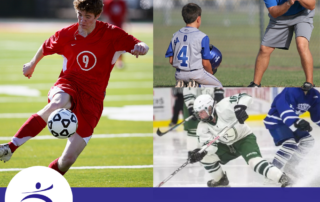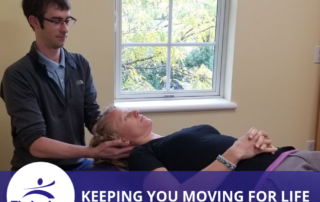Overuse vs Growing Pains
Many children between the ages of 3 to 12 years old, experience what is known as growing pains. It is important to understand the signs and symptoms to avoid future injuries. Growing pains Growing pain occur in the earlier stages of growth, not during the rapid growth of puberty. In general, there is no specific injury, and the pain is in various joints and muscles of the limbs, usually knees and hips. Some signs of growing pains include: Pain on both sides of the body Pain typically at night and usually worse after a day with more activity Pain subsides by morning With more children specializing in just one sport, we are seeing an increase in overuse injuries. These injuries can affect the athlete later on in their childhood and on into adulthood. We understand the pressure on children to get a scholarship and play on the elite levels, however there are studies that show that specializing in one sport in their early years doesn’t increase one’s chance to become and elite athlete. 88% of college athletes played more than one sport as children, and 70% didn’t focus solely on one sport until they were over the age of twelve. Overuse injuries Overuse injuries occur when [...]
5 Quick Tips for Headaches
More than 47% of the world’s population are affected by headaches. Many people don’t think that a physical therapist is able to help with their headaches, but they are able to diagnose and find the root of the problem. For example, some headaches can come from neck trauma, head injury, jaw disorders, or poor posture. Take a quick minute and see if you answer yes to any of these following questions. Do you often: Wake up with a headache? Grind your teeth at night? Get a headache after sitting for a long time at the computer? Feel “knots” in your neck, upper back or shoulder? Sit most of the day? Here are 5 quick tips that can help you if you suffer from headaches. 1. Try physical therapy. Physical Therapists are skilled at identifying the musculoskeletal components that may be contributing to headaches like cervical joint mobility, alignment, posture, soft tissue tension, trigger points, strength and endurance. We can help design exercise programs to help address problems in these areas, perform manual therapy techniques and use modalities to help reduce pain. 2. Stay hydrated. Dehydration is a common trigger for headaches and staying well hydrated with water can be an easy solution. Avoid drinks [...]


